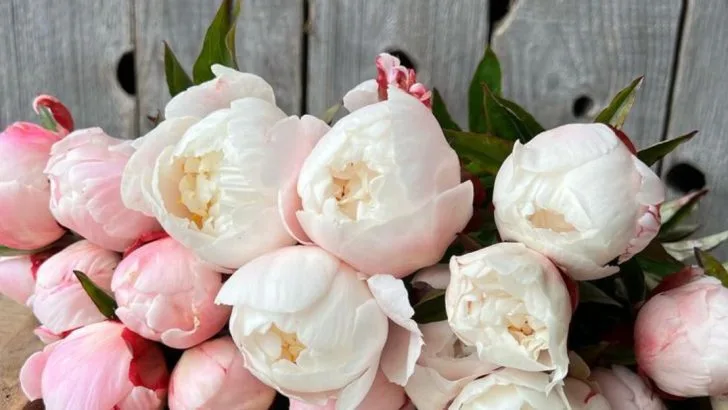Some plants thrive on stability—and moving them even once can set them back for good. These are the plants that develop deep taproots, sensitive root systems, or specific soil relationships that don’t take kindly to disruption.
From peonies and lupines to certain trees and herbs, these species prefer to stay right where they were planted. Giving them a permanent home from the start ensures stronger growth, better flowering, and fewer stress-related issues down the road.
In this article, you’ll learn which plants should be planted once and left alone, and how to choose the right spot from day one to help them thrive for years to come.
Peony

Peonies, with their stunning blooms, are among the most cherished garden plants. Once planted, they prefer to stay put, rewarding patience with lush flowers every spring. These perennials are the epitome of patience, demanding years to mature but offering breathtaking beauty in return.
Their roots, once settled, create a network that dislikes disturbance. Moving them can jeopardize their bloom cycle for years. Historically admired by emperors, their undisturbed growth symbolizes stability and prosperity.
Whether in a cottage garden or a formal landscape, peonies embody timeless elegance when left unbothered.
Japanese Maple
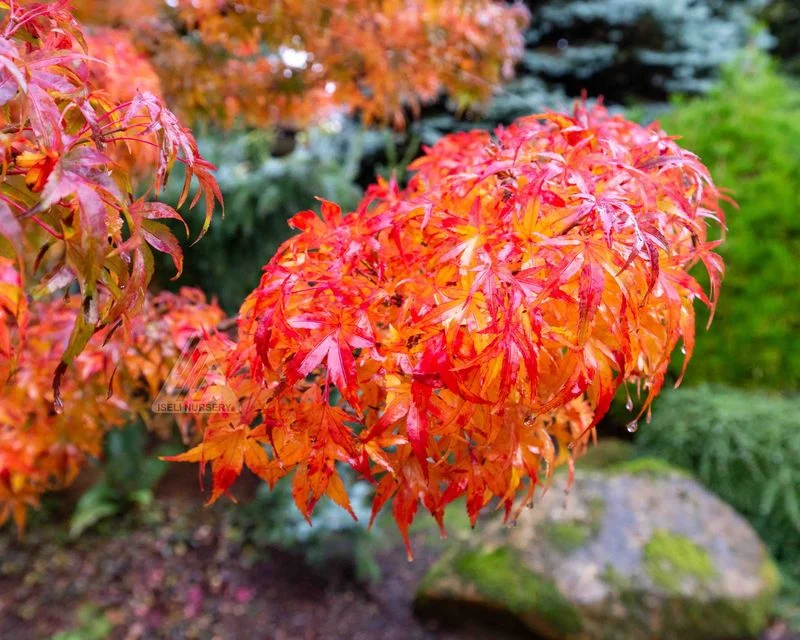
Delicate and graceful, the Japanese Maple is a living sculpture that thrives on consistency. Known for its spectacular display of colors, once it finds its perfect spot, it should not be moved.
Its root system is sensitive, and any disruption can lead to stress and poor growth. With origins tracing back centuries in Japanese culture, it’s often associated with peace and serenity.
A symbol of balance, this tree enhances any garden with its striking leaves and sculptural beauty, thriving best when its surroundings remain unchanged.
Wisteria

Wisterias are synonymous with romantic, cascading blooms that transform spaces into fairy-tale settings. Once established, they develop extensive root systems that loathe disruption.
Their climbing habit can become dominant, but when left in place, they reward with fragrant, cascading flowers. Historically a symbol of romance, these vines are best suited for pergolas and walls where they can spread unhindered.
Their dramatic blooms are a testament to their contentment with staying put, making gardens magical with their permanent embrace.
Bleeding Heart
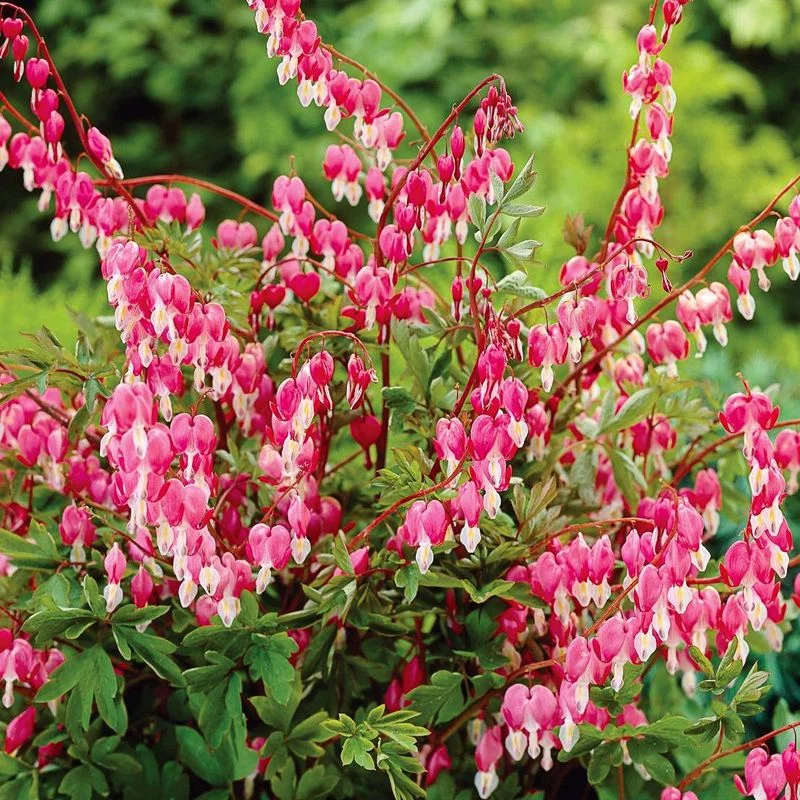
With heart-shaped flowers that seem almost too perfect for the real world, the Bleeding Heart thrives in shade. This plant, once settled, prefers not to be relocated.
Uprooting them can disrupt their delicate structure and flowering pattern. Often found in woodland gardens, they create a tranquil, enchanting atmosphere.
Their unique bloom and foliage thrive in stable conditions, symbolizing compassion and love, creating a serene corner when left undisturbed.
Lily of the Valley
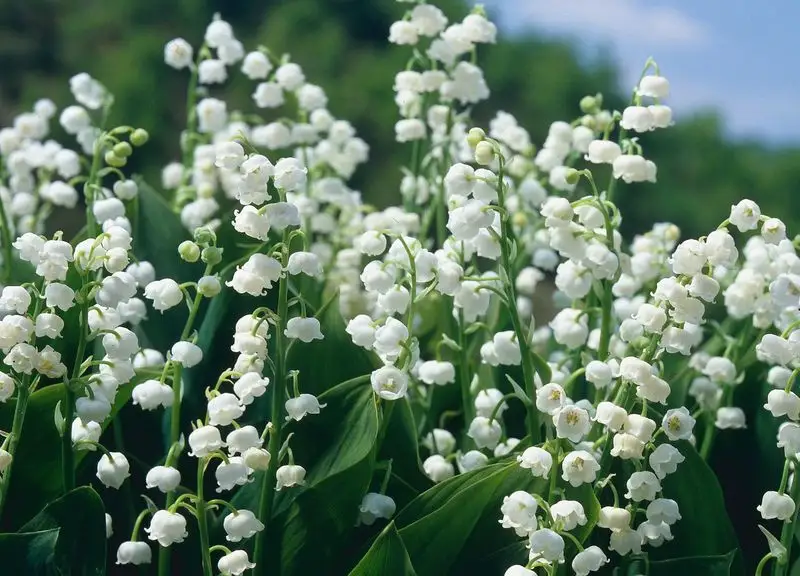
A classic choice for shaded areas, Lily of the Valley enchants with its fragrant, bell-shaped flowers. Once settled, it forms a dense carpet that should not be moved.
Its delicate blooms are deceptive; beneath lies a robust network of roots that dislikes disturbance. Traditionally associated with purity and renewal, it thrives quietly, spreading its charm in peaceful corners.
This plant adds a touch of nostalgia and fragrance to gardens, thriving best when left to its own devices in a stable environment.
Hellebore

Hellebores defy the odds by blooming in winter, bringing color to the coldest months. Once planted, they dislike being moved, as their roots establish deeply.
Known as the “Winter Rose,” they add resilience to gardens, their beauty unfolding when most plants retreat. Their hardy nature requires little intervention, just a consistent place to call home.
These flowers symbolize serenity and endurance, thriving quietly in the same spot, rewarding patience with elegant blooms.
Clematis
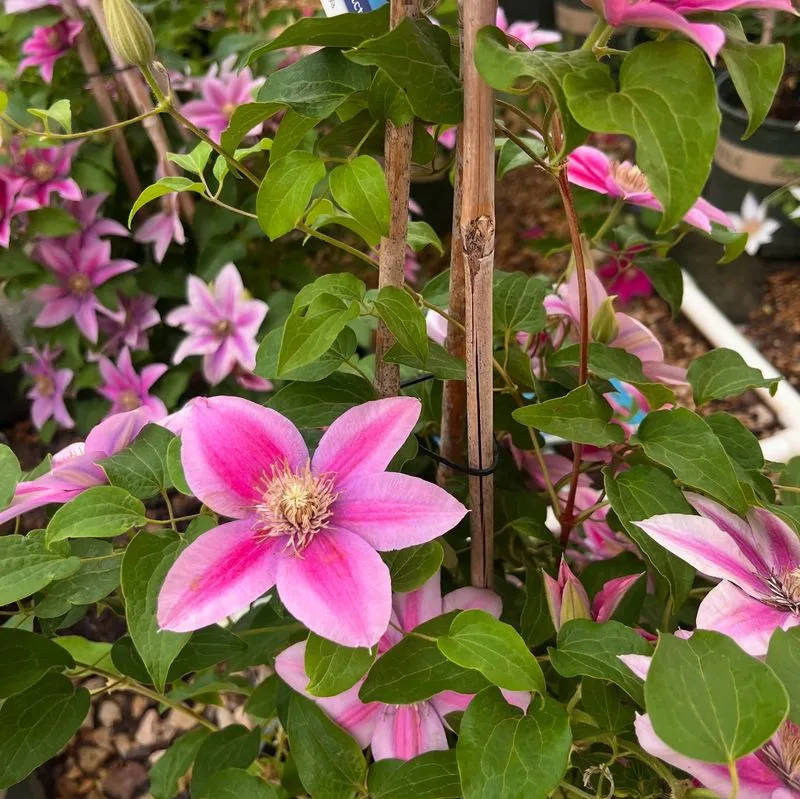
The Clematis vine, known for vibrant, large flowers, prefers a stable environment to flourish. Once it finds its place, moving it can hinder growth and blooming.
Its climbing nature seeks structures to embrace, such as trellises and fences, where it can show its full potential. Historically admired in European gardens, it symbolizes mental beauty and ingenuity.
When left undisturbed, it offers spectacular blooms, weaving elegance through garden spaces with its tenacious growth.
Hosta
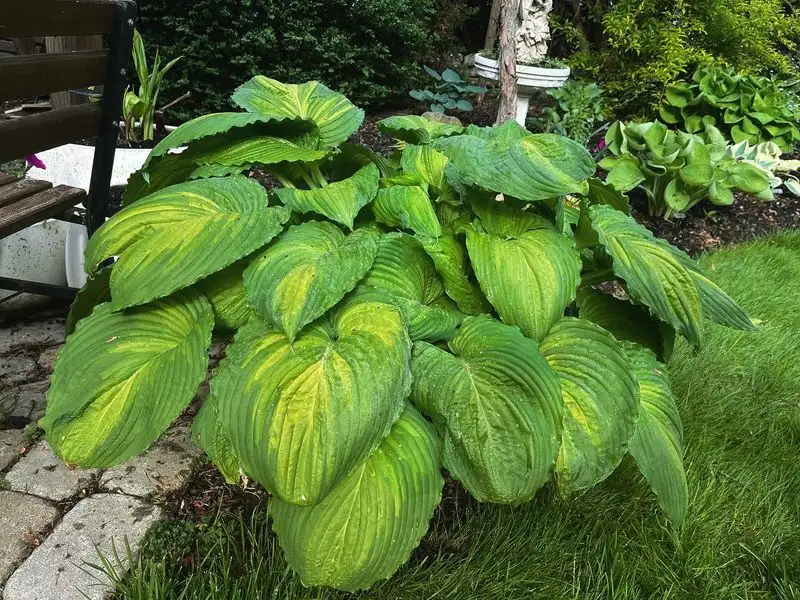
Hostas are the unsung heroes of shaded gardens, admired for their lush foliage rather than flowers. Once planted, they spread to form beautiful mounds, preferring not to be moved.
Their roots establish a strong presence, and disturbance can set back growth significantly. Often used in borders and under trees, they symbolize devotion and friendship in the plant world.
Providing texture and color, Hostas thrive in consistent environments, offering visual interest season after season without needing relocation.
Rhododendron
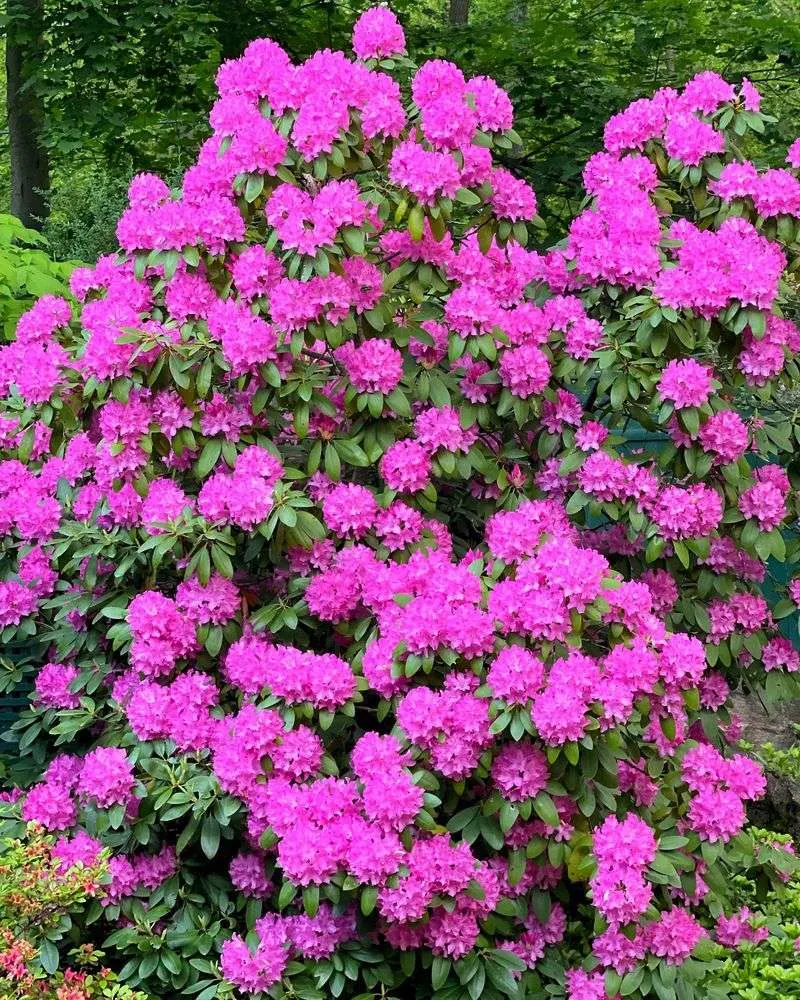
Rhododendrons, with their flamboyant blooms, are a staple in many gardens. Their sensitivity to relocation means they are best left once planted.
These shrubs prefer acidic soil and consistent moisture, conditions that can be disrupted by moving. Historically cherished for their ornamental value, they bring vibrant colors to gardens.
Their ability to flourish in the same spot for decades makes them a symbol of enduring beauty and stability.
Azalea
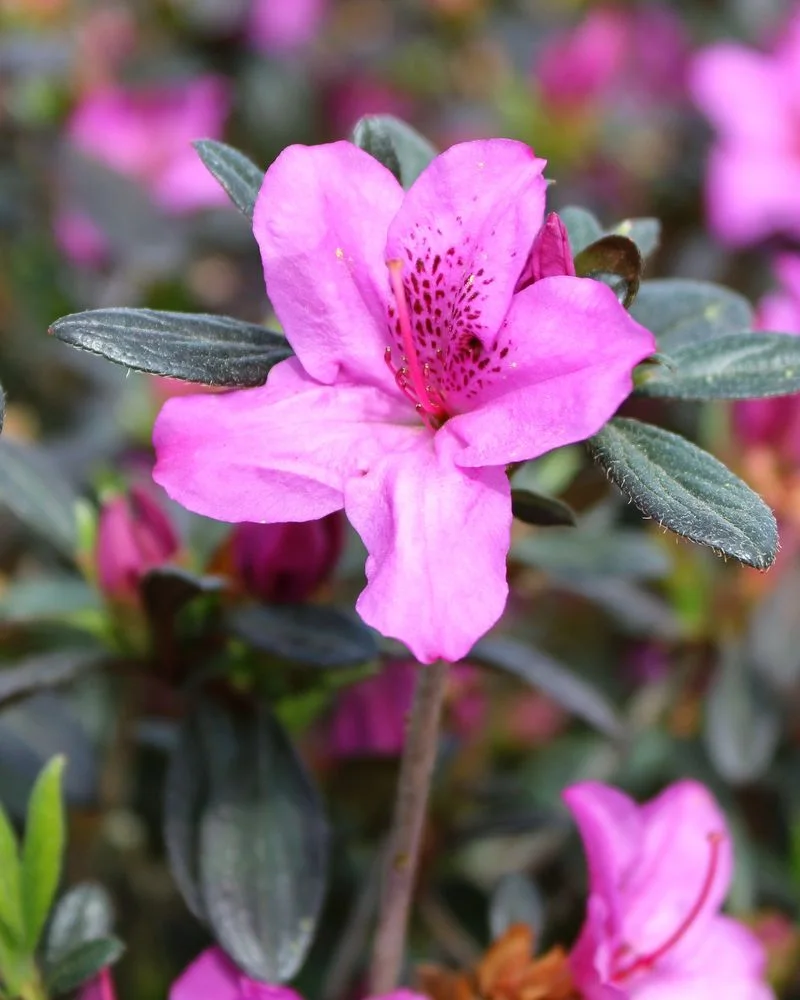
Azaleas captivate with a burst of color, flourishing in shaded areas of the garden. These shrubs, once established, are sensitive to being moved.
Their shallow root systems require careful placement and minimal disturbance. Often associated with abundance and temperance, they add a refined touch to landscapes.
By choosing the right spot initially, azaleas reward with a profusion of flowers year after year, enhancing garden beauty without the need for relocation.

